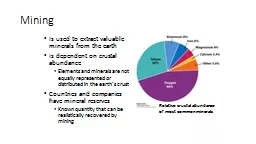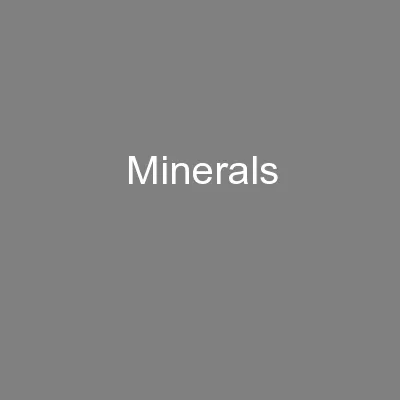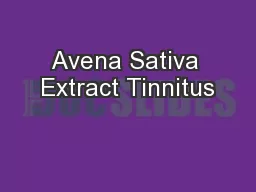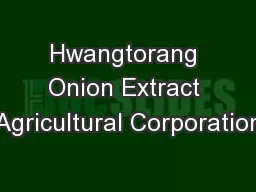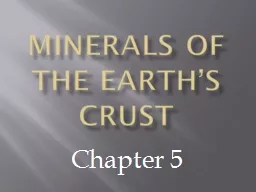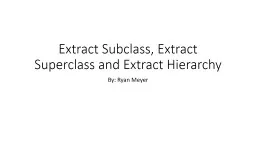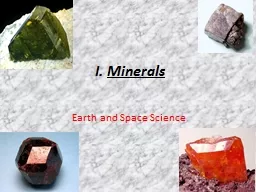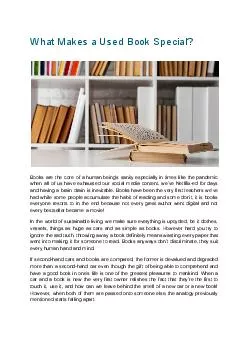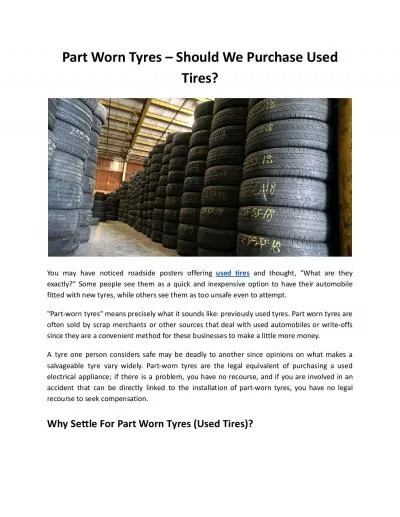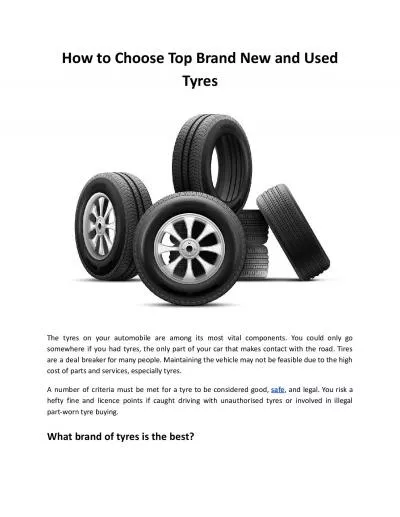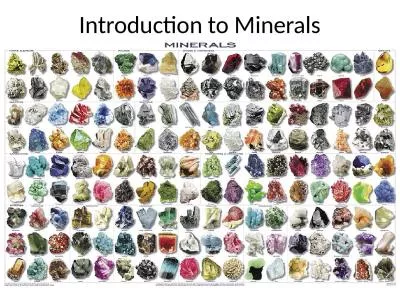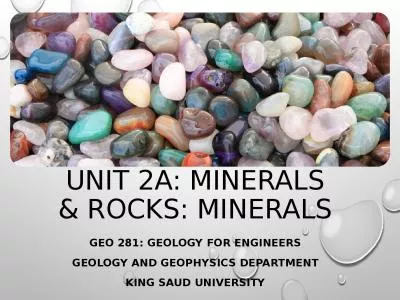PPT-Is used to extract valuable minerals from the earth
Author : jane-oiler | Published Date : 2017-12-01
Is dependent on crustal abundance Elements and minerals are not equally represented or distributed in the earths crust Countries and companies have mineral reserves
Presentation Embed Code
Download Presentation
Download Presentation The PPT/PDF document "Is used to extract valuable minerals fro..." is the property of its rightful owner. Permission is granted to download and print the materials on this website for personal, non-commercial use only, and to display it on your personal computer provided you do not modify the materials and that you retain all copyright notices contained in the materials. By downloading content from our website, you accept the terms of this agreement.
Is used to extract valuable minerals from the earth: Transcript
Download Rules Of Document
"Is used to extract valuable minerals from the earth"The content belongs to its owner. You may download and print it for personal use, without modification, and keep all copyright notices. By downloading, you agree to these terms.
Related Documents

